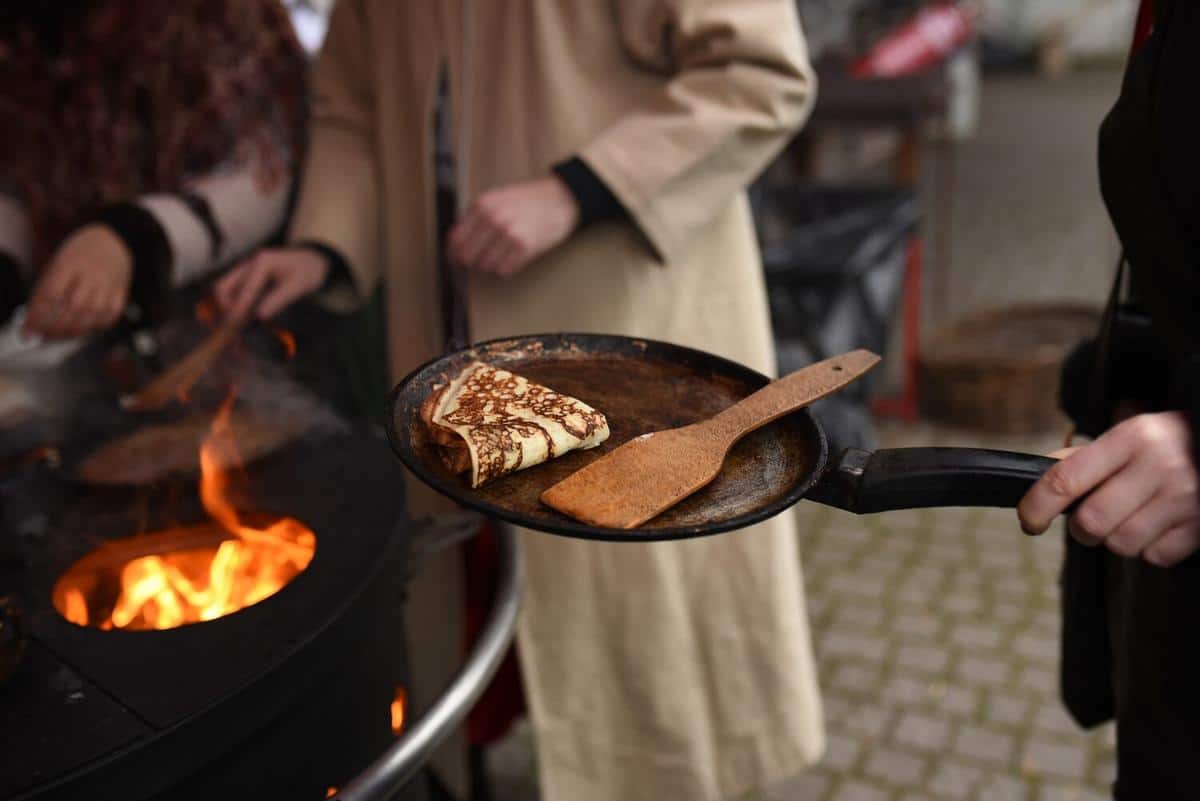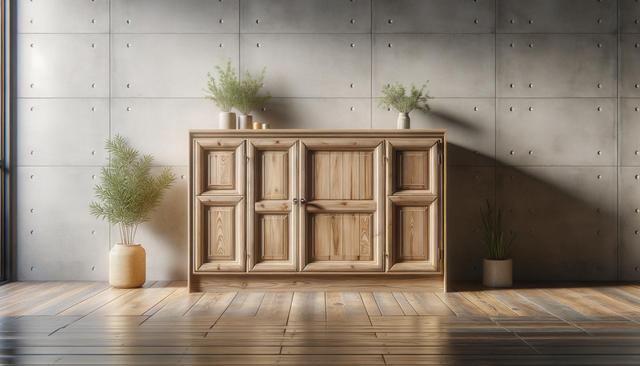
Cooking with Cast Iron: Tips and Recipes
Cooking with cast iron is more than just a method; it’s an art form that has been cherished for generations. Whether you’re a seasoned chef or a home cook looking to expand your culinary skills, mastering the use of cast iron can elevate your cooking experience to new heights.
The allure of cast iron cookware lies in its versatility and durability. Known for its ability to retain heat and provide even cooking, cast iron is a favorite among culinary enthusiasts. According to a study by the Cookware Manufacturers Association, over 30% of home cooks prefer cast iron for its long-lasting performance.
Why Cook with Cast Iron?
Cast iron pans are renowned for their ability to maintain heat, making them ideal for a variety of cooking techniques such as searing, frying, and even baking. Renowned chef and culinary expert, Mark Bittman, once noted that “cast iron pans are as close to a perfect pan as you can get.” Their natural non-stick surface, which develops over time with proper seasoning, makes them a reliable tool in the kitchen.
The Science Behind Cast Iron
Cast iron is made from molten iron poured into molds and allowed to harden. This process results in a dense, durable material that can withstand high temperatures. A well-maintained cast iron pan can last for decades, often becoming a family heirloom passed down through generations.
Getting Started: Seasoning Your Cast Iron
Seasoning is essential for creating a non-stick surface on your cast iron cookware. Here’s a simple guide to seasoning:
- Clean your pan with hot, soapy water and dry it thoroughly.
- Apply a thin layer of vegetable oil on the entire surface.
- Place the pan upside down in a preheated oven at 375°F (190°C) for an hour.
- Allow it to cool completely in the oven.
Delicious Recipes to Try
From breakfast to dinner, cast iron can handle it all. Here are a few recipes to get you started:
- Classic Cast Iron Skillet Cornbread: A crispy crust with a moist interior, perfect for any meal.
- Sizzling Steak: Achieve a restaurant-quality sear on your steak with just a few minutes on high heat.
- Vegetable Frittata: A simple yet satisfying dish, ideal for brunch.
Maintaining Your Cast Iron
Proper care is key to preserving your cast iron cookware. Always hand wash with a non-abrasive sponge and avoid soaking. Dry immediately and coat with a thin layer of oil to prevent rust.
| Task | Frequency |
|---|---|
| Seasoning | As needed |
| Cleaning | After every use |
| Oiling | After every wash |
| Rust Removal | If rust appears |
| Deep Clean | Monthly |
| Re-seasoning | Annually |
| Heat Check | Before each use |
| Handle Tightening | As needed |
Frequently Asked Questions
Can I use soap on my cast iron pan?
Yes, mild soap is safe for cleaning as long as you reapply oil after washing.
Is it safe to cook acidic foods in cast iron?
Occasionally, yes. However, prolonged exposure to acidic foods can strip the seasoning.
How do I remove rust from my cast iron?
Use a mixture of vinegar and water, scrub with a brush, and re-season the pan.
Cooking with cast iron is a rewarding experience that enhances the flavor and texture of your meals. With proper care and a few easy recipes, you can enjoy the benefits of this timeless cookware. Give it a try and discover the difference cast iron can make in your kitchen.


